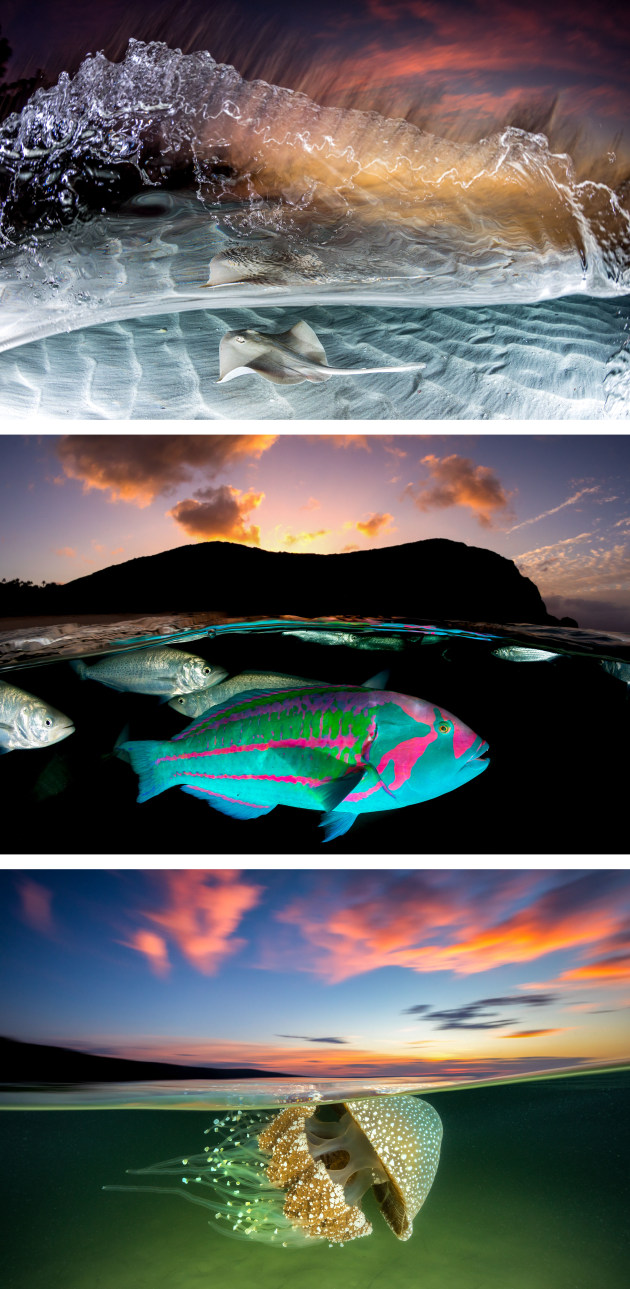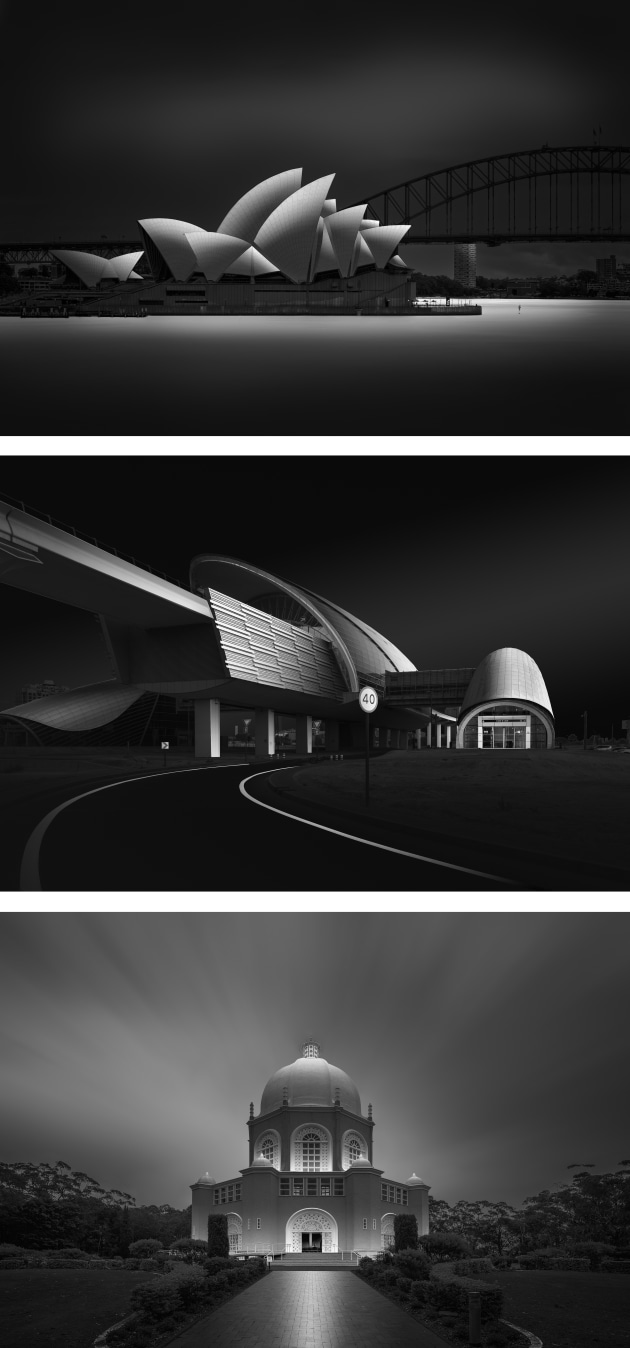39 Top Tips to Winning Australasia's Top Emerging Photographers 2021 (part 1)
For over a decade, Capture magazine has been on a mission to help discover Australasia’s very best emerging talent. During this time, the competition has uncovered and helped boost the careers of numerous emerging photographers from Australia and New Zealand. Now in its 13th year, the call for entries for Australasia's Top Emerging Photographers 2021 is open. Final deadline is 21 February.
The judges
Helping decide the winners, place-getters, and Top 10 and Top 20 entries across the nine categories is no easy feat. As such, we rely on the wisdom, experience, and expertise of some of the world’s very finest photographers and industry experts. With such impressive credentials, our judges are suitably qualified for the important role they take on. But don’t take my word, scroll down and have a look at who was on board to help judge the 2020 competition. Stay tuned to learn who our judges for 2021 are.
Feedback matters
Each year, we ask the judges to provide feedback and constructive criticism on the categories they judged so that we can share this invaluable information with you. It’s not designed to provide a warm and fuzzy feeling, but instead be helpful to those about to enter the competition.
While the tips are broken down by category, the advice is likely to be applicable across multiple genres of photography.
CLICK HERE TO ENTER
Winning advice
ANIMAL
1. One of the keys to high quality animal photography is to tell the story of the environment in which the animal lives.
2. When thinking about entering your portfolio, remember to sequence images that play off each other and say something unique. Many of the portfolios looked like a series of images that were taken in exactly the same place, in the same way, and each image did not reveal anything different from the others.
3. The hunger for wildlife photography is growing. It is also fuelling the desire to go to extremes to make great images to the detriment of the wildlife itself. Always respect wildlife. I think people often forget the “wild” in “wildlife”. In the desire to make a beautiful image, concern for the animals’ well-being can often be forgotten. It’s important to remember that this is not about you and your images. Rather, learn as much as you can about the creatures and their habitats before you go out to photograph them. Don’t get too close, crowd them, chase them, or bait the animals. You can destroy habitat, and stress the animals.
4. Loving wild creatures means keeping distance and allowing them to be wild. Under no circumstances should there be any interference. Contact by photographers can affect their chances of survival. Getting too close causes serious stress to animals. It can also lead to the abandonment of the young by parents. I’ve seen people chasing wild animals. Some guides are often incentivized to get close to the animals. There is no excuse for putting an animal under duress and risk.

ARCHITECTURE
5. Far too many failed to actually photograph the whole building. It’s not just about finding clever details of light and shade, but describing the building.
6. In some of the entrants’ work it was difficult to separate the photography from the Photoshop. There are some truly eye-catching images, but perhaps some with too much post production.
7. The architectural images that immediately stood out were high in camera craft, used compositional design to its best effect, and displayed an overall solid consistency that flowed through the images.
8. I thought that there was too much saturation, too much looking up, too much two-dimensional graphic, and not enough depth. Architecture is three dimensional. Also, I would have liked to see more urban density and architecture with people.

ART
9. Innovative portfolios that communicated a clear message/story or evoked emotions from the viewer received the highest scores.
10. What stuck out to me the most was when a series felt like a well-thought-out concept and was executed beautifully.
11. A lot of derivative work. I chose portfolios that were technically interesting with a consistent point of view about photographic issues like movement blur and colour, or reflecting on art movements.

DOCUMENTARY
12. The strongest works demonstrated a capacity to create a semblance of visual narrative which placed them far ahead of the rest. While compelling stories can be obtainable in our immediate neighbourhoods and alleviating the need to travel far and abroad, there was a seemingly disproportionate amount of entries focussing on entrants' immediate family and/or friends. This inward gaze, as important as it is to the realm of documentary, had a reductive effect on the diversity of subject matter that is possible within our communities.
13. For me, documentary photography is all about observation – noticing small details in a scene that set the picture apart, or give it something special. Many of the portfolios had subtle elements that gave the picture a little bit of magic.
14. Look for consistency with a variation. There were sets of images that all looked the same with just slight adjustments to framing. You need more than that to tell a story. Likewise, there were sets of images that had drastically different images and edits. We should be able to tell that the images are part of the same story. Your set is only as good as your weakest image.
15. The portfolios that stood out the most included images that conveyed a sense of story, not only with the subject matter, but also using other photographic techniques like composition, tonal ranges, or lighting techniques. Thinking of more than just one dimension is often a great starting point to making strong documentary imagery.
16. The images that were successful displayed a clear sense of impact, dramatic use of lighting, and a strong narrative that allowed the viewer to understand the images.
17. The biggest piece of advice I can give is that people need to use less Photoshop. In all categories, but especially this one because documentary should represent the real world. And judges can see through it. The portfolios that stood out showed the start of a photographic style. Each photographer continued a theme, a colour palette, or a style through each frame that made me want to see more of their work.
18. Look for consistency in the images you submit, be that choice of colour palette or the orientation of framing. For example, try not to have two vertical images and a horizontal when telling a story; it breaks the flow.
19. Some entries came with far too many words, some with far too few. Some couched in pseudo art-speak that some say has a place in the art world, but for me is counterproductive when it comes to storytelling or documentary. Remember, the purpose is to communicate. It’s a fine balance, but the focus has to be on the audience and what they will understand from the work.
20. The purpose of documentary photography for me is to record, to document AND to communicate – the work needs to be accessible to the audience and so the words that give context to the work are critical. Text needs to be concise, used only as an introduction to outline the context of the pictures. The pictures should then tell the story that words alone cannot do.

CLICK HERE TO ENTER
Click here to view Part 2.
2020 judging panel
- Adrian Dennis – adriandennis.com
- Alex Cearns – houndstoothstudio.com.au
- Ami Vitale – amivitale.com
- Andrea Bruce – andreabruce.com
- Brett Boardman – brettboardman.com
- Cameron Spencer – instagram.com/cjspencois
- Chris McGrath – chrismcgrathphotography.com
- Craig Easton – craigeaston.com
- Danelle Bohane – danellebohane.com
- Daniel Linnett – linnetfoto.com
- Dean Sewell – oculi.com.au/dean-sewell
- James Simmons – jamessimmons.com.au
- Jason Vinson – vinsonimages.com
- Jesse Marlow – jessemarlow.com
- John Gollings – gollings.com.au
- Josh Holko – jholko.com
- Krystle Wright – krystlewright.com
- Lynsey Addario – lynseyaddario.com
- Marcus Bell – studioimpressions.com.au
- Michael Clark – michaelclarkphoto.com
- Patrick Brown – patrickbrownphoto.com
- Paul Hoelen – paulhoelen.com
- Peter Brew-Bevan – peterbrew-bevan.com
- Ricardo Da Cunha – ricardodacunha.com.au
- Richard I'Anson – richardianson.com
- Roland Halbe – rolandhalbe.eu
- Ron Haviv – ronhaviv.com
- Sally Brownbill – thebrownbilleffect.com
- Seth Casteel – sethcasteel.com
- Steve Scalone – stevescalone.com
- Tim Griffith – timgriffith.com
- Todd McGaw – toddhuntermcgaw.com.au
- Tony Hewitt – tonyhewitt.com
- William Long – longshots.com.au
Judges for 2021 are still to be finalised.
ENTER AUSTRALASIA'S TOP EMERGING PHOTOGRAPHERS

Get more stories like this delivered
free to your inbox. Sign up here.

